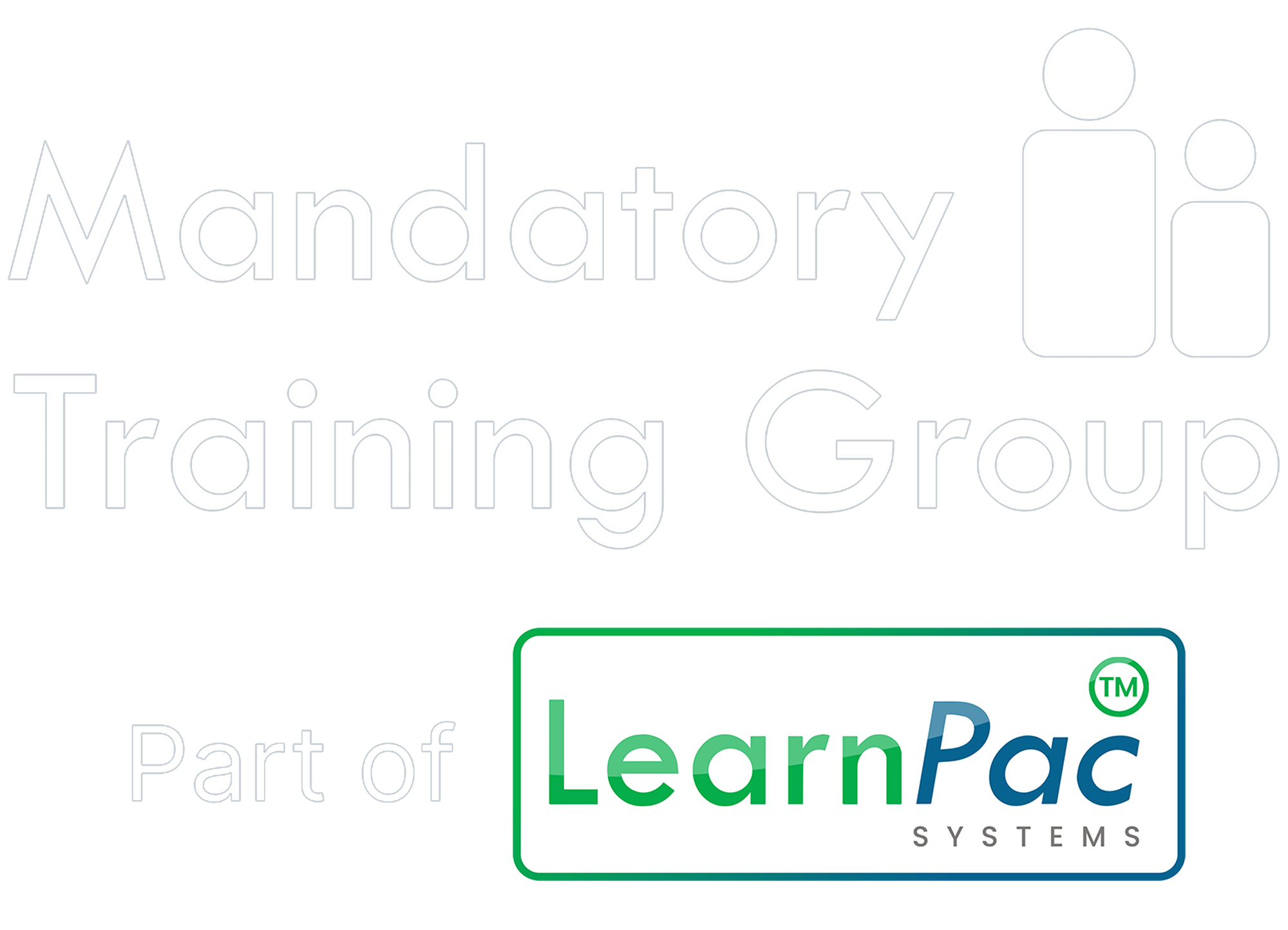You have no items in your shopping basket.
What are the foundations of clinical observations?
The foundations of clinical observations in UK health and social care settings
Dr Richard Dune
04-03-2024
Clinical observations are the bedrock of patient care in health and social care settings. These observations, crucial for monitoring a patient's health status, offer invaluable insights that guide healthcare professionals in making informed decisions.
In this blog, Dr Richard Dune delves into the essence of clinical observations within UK health and social care settings, exploring their significance, the vital signs monitored, and the best practices ensuring high-quality care delivery.
The importance of clinical observations
Clinical observations are fundamental in healthcare for several reasons. They are the first step in the assessment process, helping to identify potential health issues before they become critical. In the UK, where the healthcare system is under increasing pressure, the ability to quickly and accurately assess a patient's condition can be the difference between recovery and deterioration.

Image by YuriArcursPeopleimages via Envato Elements

Image by Prostock-studio via Envato Elements
Key facts and statistics
- Early detection of patient deterioration through clinical observations can reduce ICU admissions by up to 30%.
- Accurate clinical observations are associated with a significant reduction in hospital mortality rates.
- Over 60,000 patients annually deteriorate in UK hospital wards to the extent that they require ICU admission. Late or missed recognition of deterioration is associated with worse patient outcomes, including higher mortality (Pimentel et al. 2021).
Key definitions
Vital signs
Vital signs are the primary indicators of physiological status, including temperature, pulse, blood pressure, respiratory rate, and oxygen saturation.
Clinical observations
Clinical observations relate to the process of monitoring, recording, and interpreting vital signs to assess a patient's health status.

Image by mstandret via Envato Elements

Image by DC_Studio via Envato Elements
Relevant legislation, regulations, and best practice
In the UK, clinical observations are governed by a framework that includes the Health and Social Care Act 2008, Care Quality Commission (CQC) standards, and National Institute for Health and Care Excellence (NICE) guidelines. These regulations ensure that clinical observations are performed to a high standard, safeguarding patient safety and care quality.
The vital signs
Temperature
Temperature is a crucial indicator of infection or other health conditions. Normal body temperature ranges from 36.5°C to 37.5°C.
Pulse
The heartbeat rate, typically between 60 to 100 beats per minute, can indicate heart health, stress levels, and other conditions.
Blood pressure
Reflecting the force of blood against artery walls, normal blood pressure is usually around 120/80 mmHg.
Respiratory rate
The rate of breathing, with a normal range of 12 to 20 breaths per minute, can signal respiratory or cardiac issues.
Oxygen saturation
The oxygen level in the blood, with a normal saturation level above 95%, indicates how well oxygen is being transported to the extremities.

Image by kapitilka via Envato Elements

Image by FoToArtist_1 via Envato Elements
Role in diagnosing and monitoring
Clinical observations are pivotal in diagnosing and monitoring patients. They provide the first clues to a patient's condition, guiding further diagnostic testing and treatment. For example, a spike in temperature can indicate an infection requiring prompt intervention.
Best practices for performing clinical observations
Consistency and accuracy
Use standardised equipment and techniques to ensure reliable measurements.
Timely and regular assessments
Perform observations at regular intervals or more frequently for patients at risk.
Comprehensive training
Ensure all healthcare professionals are trained in the latest clinical observation techniques.
Patient-centered approach
Tailor observations to patients' individual needs, considering their comfort and dignity.

Image by DC_Studio via Envato Elements

Image by DC_Studio via Envato Elements
Recommendations
To enhance the effectiveness of clinical observations in health and social care settings, healthcare providers should:
- Adopt the latest technology and equipment for more accurate and efficient observations.
- Ensure continuous professional development for staff to keep abreast of best practices.
- Foster a culture of patient safety where clinical observations are prioritised.
Conclusion
Clinical observations are a cornerstone of patient care, providing essential data that inform clinical decisions and interventions. In the UK's health and social care settings, adhering to the legislative framework and best practices ensures the highest standards of care. By valuing and continuously improving clinical observation practices, healthcare professionals can significantly impact patient outcomes.
Healthcare professionals and organisations must embrace and invest in quality clinical observation training to enhance patient care standards. Explore our comprehensive range of accredited online clinical observation courses on ComplyPlus LMS™ to ensure your skills and knowledge remain at the forefront of healthcare excellence.

Image by Wavebreakmedia via Envato Elements
Clinical observations are the bedrock of patient care in health and social care settings. These observations, crucial for monitoring a patient's health status, offer invaluable insights that guide healthcare professionals in making informed decisions.
In this blog, Dr Richard Dune delves into the essence of clinical observations within UK health and social care settings, exploring their significance, the vital signs monitored, and the best practices ensuring high-quality care delivery.
The importance of clinical observations

Image by YuriArcursPeopleimages via Envato Elements
Clinical observations are fundamental in healthcare for several reasons. They are the first step in the assessment process, helping to identify potential health issues before they become critical. In the UK, where the healthcare system is under increasing pressure, the ability to quickly and accurately assess a patient's condition can be the difference between recovery and deterioration.
Key facts and statistics

Image by Prostock-studio via Envato Elements
- Early detection of patient deterioration through clinical observations can reduce ICU admissions by up to 30%.
- Accurate clinical observations are associated with a significant reduction in hospital mortality rates.
- Over 60,000 patients annually deteriorate in UK hospital wards to the extent that they require ICU admission. Late or missed recognition of deterioration is associated with worse patient outcomes, including higher mortality (Pimentel et al. 2021).
Key definitions

Image by mstandret via Envato Elements
Vital signs
Vital signs are the primary indicators of physiological status, including temperature, pulse, blood pressure, respiratory rate, and oxygen saturation.
Clinical observations
Clinical observations relate to the process of monitoring, recording, and interpreting vital signs to assess a patient's health status.
Relevant legislation, regulations, and best practice

Image by DC_Studio via Envato Elements
In the UK, clinical observations are governed by a framework that includes the Health and Social Care Act 2008, Care Quality Commission (CQC) standards, and National Institute for Health and Care Excellence (NICE) guidelines. These regulations ensure that clinical observations are performed to a high standard, safeguarding patient safety and care quality.
The vital signs

Image by kapitilka via Envato Elements
Temperature
Temperature is a crucial indicator of infection or other health conditions. Normal body temperature ranges from 36.5°C to 37.5°C.
Pulse
The heartbeat rate, typically between 60 to 100 beats per minute, can indicate heart health, stress levels, and other conditions.
Blood pressure
Reflecting the force of blood against artery walls, normal blood pressure is usually around 120/80 mmHg.
Respiratory rate
The rate of breathing, with a normal range of 12 to 20 breaths per minute, can signal respiratory or cardiac issues.
Oxygen saturation
The oxygen level in the blood, with a normal saturation level above 95%, indicates how well oxygen is being transported to the extremities.
Role in diagnosing and monitoring

Image by FoToArtist_1 via Envato Elements
Clinical observations are pivotal in diagnosing and monitoring patients. They provide the first clues to a patient's condition, guiding further diagnostic testing and treatment. For example, a spike in temperature can indicate an infection requiring prompt intervention.
Best practices for performing clinical observations

Image by DC_Studio via Envato Elements
Consistency and accuracy
Use standardised equipment and techniques to ensure reliable measurements.
Timely and regular assessments
Perform observations at regular intervals or more frequently for patients at risk.
Comprehensive training
Ensure all healthcare professionals are trained in the latest clinical observation techniques.
Patient-centered approach
Tailor observations to patients' individual needs, considering their comfort and dignity.
Recommendations

Image by DC_Studio via Envato Elements
To enhance the effectiveness of clinical observations in health and social care settings, healthcare providers should:
- Adopt the latest technology and equipment for more accurate and efficient observations.
- Ensure continuous professional development for staff to keep abreast of best practices.
- Foster a culture of patient safety where clinical observations are prioritised.
Conclusion

Image by Wavebreakmedia via Envato Elements
Clinical observations are a cornerstone of patient care, providing essential data that inform clinical decisions and interventions. In the UK's health and social care settings, adhering to the legislative framework and best practices ensures the highest standards of care. By valuing and continuously improving clinical observation practices, healthcare professionals can significantly impact patient outcomes.
Healthcare professionals and organisations must embrace and invest in quality clinical observation training to enhance patient care standards. Explore our comprehensive range of accredited online clinical observation courses on ComplyPlus LMS™ to ensure your skills and knowledge remain at the forefront of healthcare excellence.
Related blog articles
View all
Clinical effectiveness and clinical governance: An introduction
Related blog articles
View all
Clinical effectiveness and clinical governance: An introduction

References and resources
National Library of Medicine (2021) - Detecting Deteriorating Patients in the Hospital: Development and Validation of a Novel Scoring System - PMC.
National Library of Medicine (2023) - The United Kingdom’s National Early Warning Score: should everyone use it? A narrative review - PMC.
NHS England (2024) - NHS England » National Early Warning Score (NEWS).
Original Article (2021) - Detecting Deteriorating Patients in the Hospital: Development and Validation of a Novel Scoring System.
The BMJ (2020) - Early warning scores for detecting deterioration in adult hospital patients: systematic review and critical appraisal of methodology | The BMJ.
About The Mandatory Training Group
The Mandatory Training Group is one of the leading UK providers of CPDUK-accredited statutory and mandatory training, continuing professional development (CPD) courses, eLearning software and workforce development solutions for all sectors.
By making things simple and designing interactive e-learning content, we can provide meaningful training programs at all levels and enhance the capacity and resilience of individuals and organisations.
Click here to see our wide range of accredited clinical skills courses and training programmes.

References and resources

National Library of Medicine (2021) - Detecting Deteriorating Patients in the Hospital: Development and Validation of a Novel Scoring System - PMC.
National Library of Medicine (2023) - The United Kingdom’s National Early Warning Score: should everyone use it? A narrative review - PMC.
NHS England (2024) - NHS England » National Early Warning Score (NEWS).
Original Article (2021) - Detecting Deteriorating Patients in the Hospital: Development and Validation of a Novel Scoring System.
The BMJ (2020) - Early warning scores for detecting deterioration in adult hospital patients: systematic review and critical appraisal of methodology | The BMJ.
About The Mandatory Training Group

The Mandatory Training Group is one of the leading UK providers of CPDUK-accredited statutory and mandatory training, continuing professional development (CPD) courses, eLearning software and workforce development solutions for all sectors.
By making things simple and designing interactive e-learning content, we can provide meaningful training programs at all levels and enhance the capacity and resilience of individuals and organisations.
Click here to see our wide range of accredited clinical skills courses and training programmes.
Contact us
Complete the form below to start your ComplyPlus trial and transform your regulatory compliance solutions.






